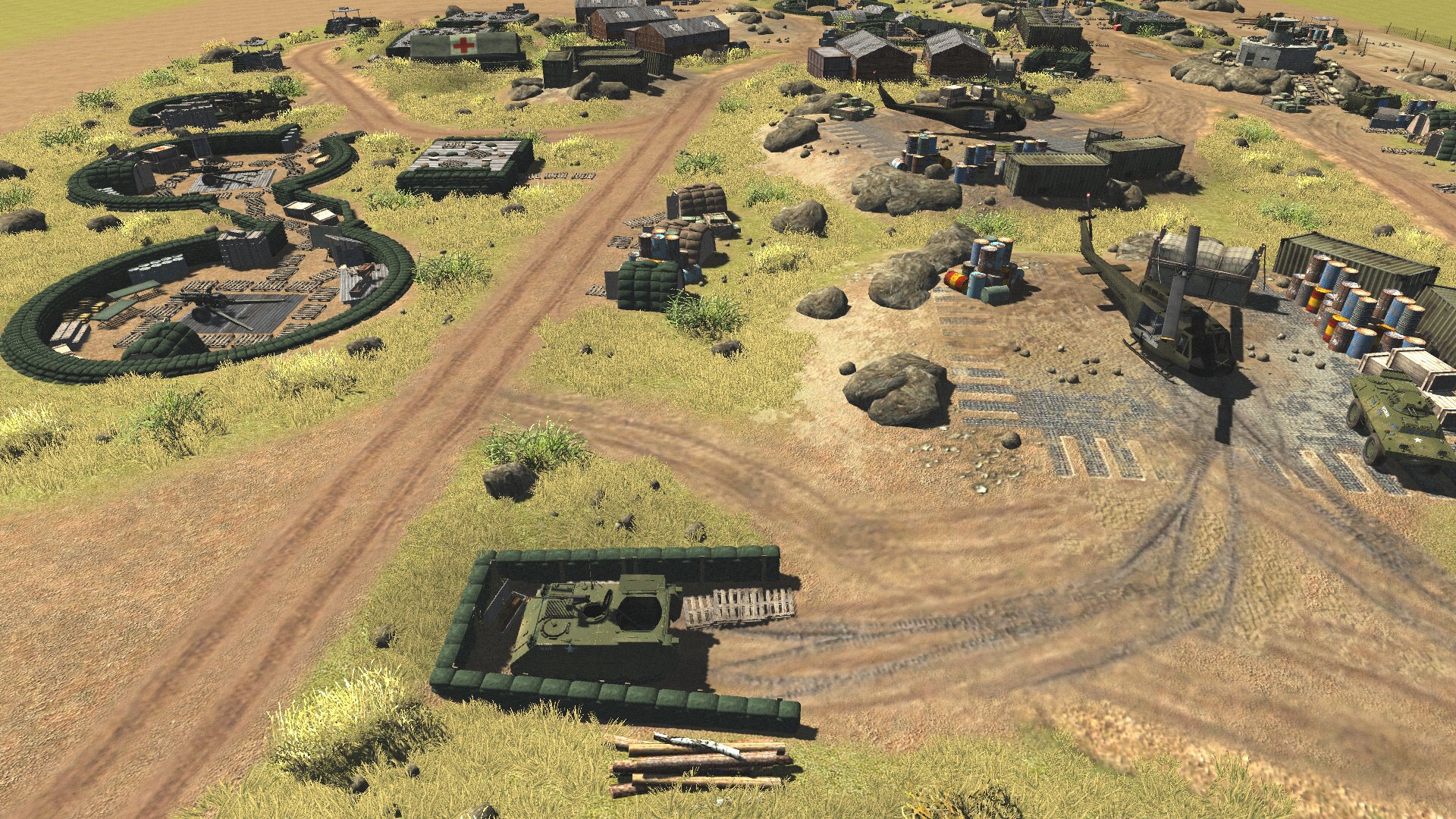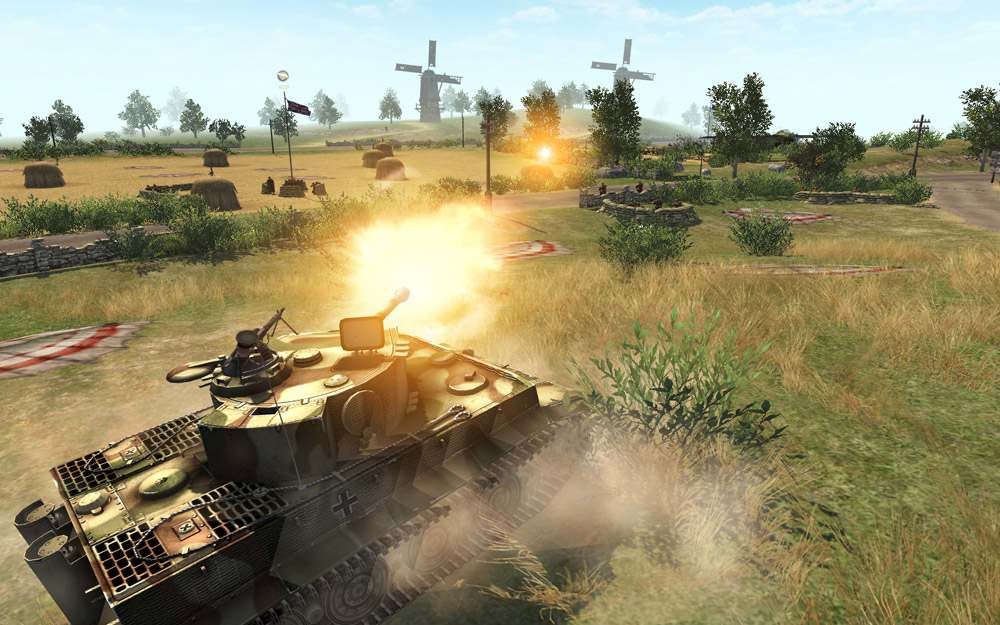
Some maps focus on specific areas or obstacles, such as the ‘American Neptune Area’ (Item 6) referring to the two main beaches of ‘Utah’ and ‘Omaha’ where the American troops were to land, and their approach from the English Channel, where ‘Swept Areas’, which had already been cleared of mines, are shown in red. Moreover, crucial updates are evidenced by information later printed to the versos, demonstrating that these were key tools throughout the process of planning and executing the operation.

‘Bigot’ was used to designate the highest level of military secrecy, and consequently, those personnel cleared to know details of Operation Overlord, known as the “Bigot list”, and the people on it, as “Bigots”.Īlthough it is advised that the maps had “not been checked on the ground and its reliability is uncertain”, they nevertheless contained a well-spring of seemingly minor detail, such as “trees felled” or “hedges cleared”. The maps are dramatically overprinted in red along the top edge with clear instructions as to their great secrecy and use: “This map will NOT be carried in operational aircraft” “TOP SECRET until issued for briefing ground troops, thereafter secret” “TOP SECRET BIGOT”. They were compiled using a number of sources, including pre-war editions of the ‘Guide Michelin’, but particularly from a new aerial survey, code-named Project Benson, after the airfield from which the reconnaissance Spitfires and Mosquitoes flew. Director of Survey, Colonel Archie Clough instigated a huge surveying program that included the production of relatively large-scale 1:12,500 maps for the invasion area. The besieged German force was finally defeated, surrendering at the beginning of February 1943.Īn immense amount of planning went into the landings, and not least into the mapping of the potential invasion sites. The house-to-house fighting in the ruined city, often conducted in sub-zero temperatures, was horrendous, even by the standards of the most seasoned soldiers. This resulted in a five-month-long battle that was the most destructive and deadly in world history, resulting in over 1.2 million casualties. In one of the greatest historical blunders of military strategy, German forces then mounted a south-eastward thrust towards taking the Caspian oil fields as part of Case Blue, but had their weak supply lines cut by the Red Army, and their forces surrounded and trapped within Stalingrad. Far to the north of Ukraine, the Wehrmacht was unable to take Leningrad, and spectacularly failed to conquer the Soviet capital at the Battle of Moscow, the indefatigable nature of the Red Amy and the sheer size of Russia revealing the limitations of Blitzkrieg. However, there were already signs that the campaign would become one of the greatest disasters in military history. At this point it appeared that the operation was a brilliant masterstroke. Operation Barbarossa was launched in June 1941, making steady progress eastwards from Poland, and by September 19, the Nazis had taken Kyiv.

Men of war 2 men of war maps plus#
The Nazis wanted to annex the plains of western Russian and Ukraine, populating the land with Germans, and also taking hold of Ukraine’s vast crops of wheat, plus the great oil supplies of the Caucuses, to sustain its overall war effort. Ripping up the Molotov-Ribbentrop Pact, a non-aggression accord between Berlin and Moscow, he planned in a rapid campaign aiming to repeat the Blitzkrieg in France, but on a much larger scale.

In the spring of 1941, Hitler drew his attention to the invasion of the Soviet Union.

After two equally-turbulent centuries, Ukraine again found itself under attack by a great foreign power during Germany’s Barbarossa Campaign of the Second World War.


 0 kommentar(er)
0 kommentar(er)
